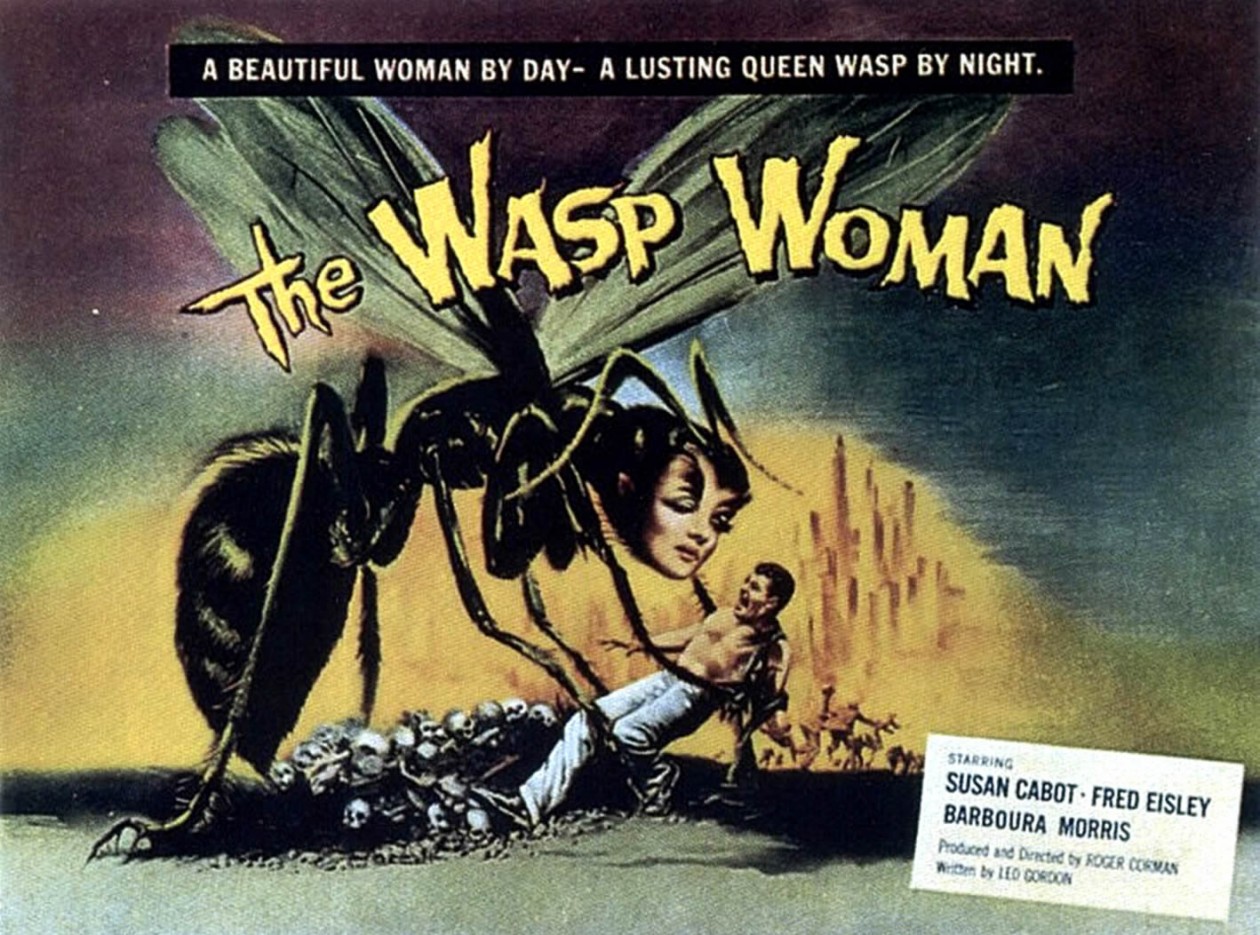In her article, Kaplan discusses how women have been represented in media, particularly in film. She defines representation as “mediations embedded through the art form in the dominant ideology.” The infamous “gaze” has always been male. It is something that has represented the power of action and of possession that is lacking in the female gaze. Kaplan asks many questions:
- Is it possible to structure things so that women own the gaze?
- Would women want to own the gaze if possible?
- What does it mean to be a female spectator?
Kaplan claims that in order to revert the objectifying representations of women in film, we need to ask these questions as often as possible. Asking these questions is half the battle, and holds a lot of power.
Kaplan also discusses how most fantasies follow a dominant-submission formula. However, she wonders: does the dominant force in any situation have to be associated with masculinity? At the end of her article, she leaves us with a lesson. She tells us that it is dangerous to view society in black & white binaries such as male/female, dominant/submissive, matriarchy/patriarchy.
Therefore, I pose this question in regards to The Last Seduction: Does Bridget, our protagonist, violate these boundaries? For example, is she a perfect representation of dominant/female?
